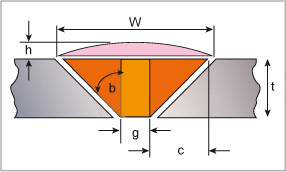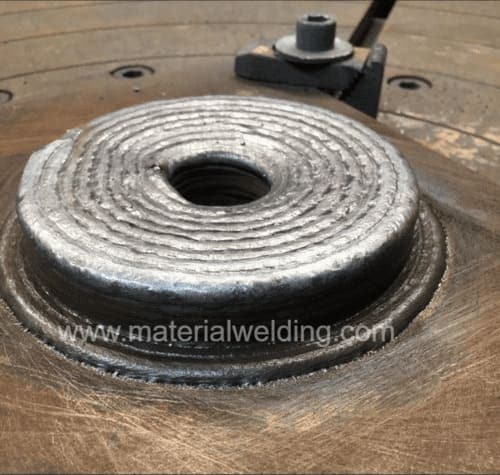A user-friendly Welding Heat Input Calculator to accurately determine heat input during welding processes. Trust our efficient tool for precise and reliable heat input calculations in various welding applications.
Welding Heat Input Calculator
Click here for more free Welding Calculators
What is Heat Input in Welding?
Heat input in welding refers to the amount of thermal energy delivered to the workpiece during the welding process. It is a crucial parameter that directly influences the quality and properties of the weld joint.
Heat input is determined by factors such as welding current, voltage, travel speed, and the welding process itself. Controlling the heat input is essential to ensure proper fusion, minimize distortion, manage heat-affected zone (HAZ) size, and achieve desired mechanical properties in the welded joint.
Too much heat input can lead to issues like excessive distortion or weld cracking, while insufficient heat input may result in incomplete fusion or weak welds.
Formula for Welding Heat Input Calculation
The formula for calculating welding heat input varies depending on the welding process used. Here are the commonly used formulas for some of the popular welding processes:
- Arc Welding (SMAW, GMAW, FCAW):
Heat Input (HI) = (Voltage × Current × 60) / Travel Speed - Gas Tungsten Arc Welding (GTAW):
Heat Input (HI) = (Voltage × Current × 60) / Travel Speed - Submerged Arc Welding (SAW):
Heat Input (HI) = (Voltage × Current × 60) / Travel Speed
In these formulas:
- Voltage is measured in volts (V)
- Current is measured in amperes (A)
- Travel Speed is measured in inches per minute (IPM) or millimeters per minute (mm/min)







